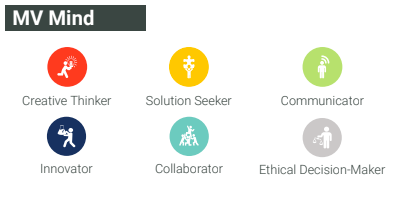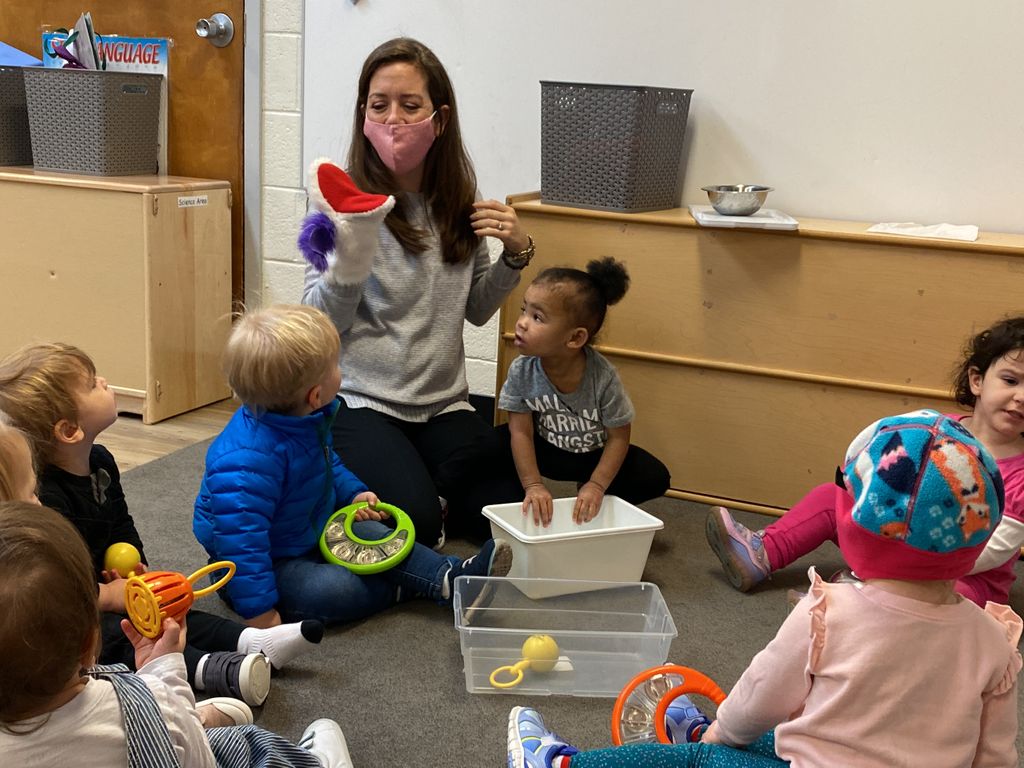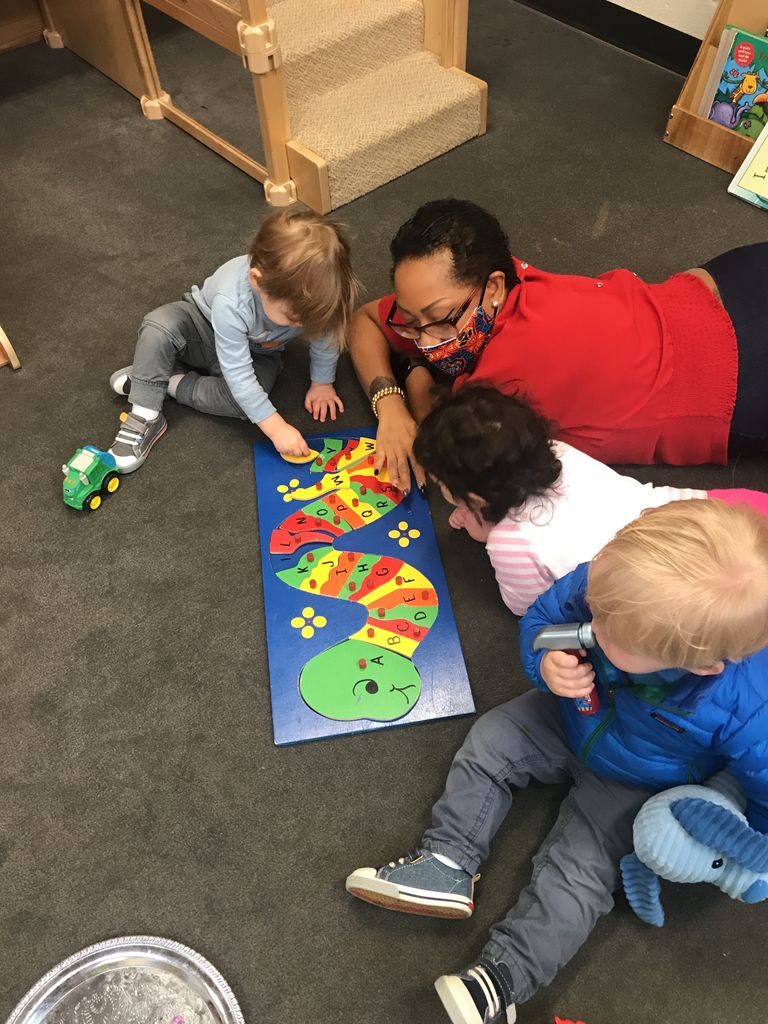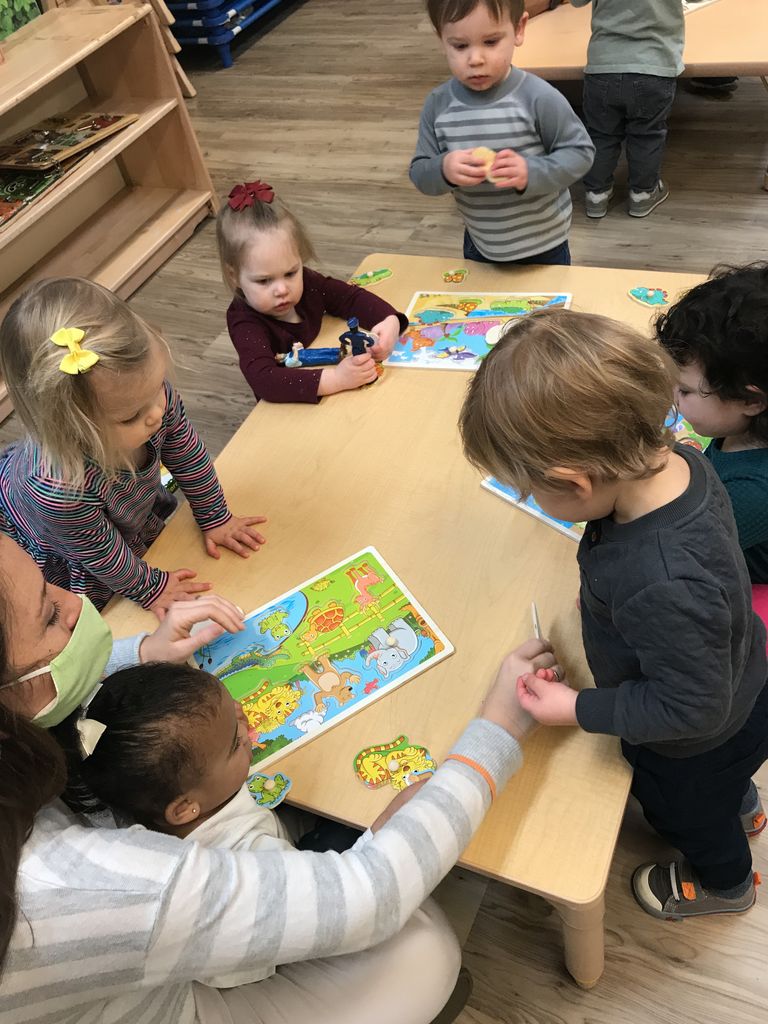Contributed by Preschool Learning Architect Liz Aull
The teachers in the four Toddlers and Infants classrooms are dedicated to their children, their children’s families, to each other, and to Mount Vernon. Unfortunately, schedules and COVID safety parameters often limit their availability to participate in school events outside of their immediate classrooms. They are also bound by some constraints of caring for our tiniest and most vulnerable #MVLittles.
The Preschool Collaborative Care Team – a team whose focus is not only on progress and process, but heavily on individual learner progress in wellness – realized that the teachers both needed and deserved some of the margin afforded other faculty members, but they were unsure what to do. Utilizing the Mount Vernon Mindsets, IDEA Statement, and the principles of Design Thinking, we set out to see what could be done.
As staff and faculty members, we help our children develop the Mount Vernon Mindsets: Solution Seeker, Collaborator, Creative Thinker, Innovator, Ethical Decision-Maker, and Communicator. We also work to hone these skills in ourselves. How might we harness the mindsets to create viable solutions?

Mount Vernon’s IDEA statement expresses that we are committed to diversity, equity, and inclusion … to create and sustain a school culture where all members feel valued and safe, sharing their authentic selves to design a better world together. How might we remain true to our IDEA statement and commit those very ideals to our Infant and Toddler teachers?

At Mount Vernon, we employ a people-centered method of problem-solving called Design Thinking. Over the past several years, we have developed a method to lead problem-solvers through a series of exercises designed to help a person or group of people — the users.
Through Design Thinking, we have the tools and training to help our Infant and Toddler teachers. The main questions for the Collaborative Care team were, “How can we determine the problems that need to be solved? How can we best help them?”
With the help of Bo Adams, Chief Learning and Innovation Officer and Interim Head of Upper School, the Collaborative Care team and the Infant and Toddler teachers embarked on a design thinking flash lab.
The challenge? Time. Flash labs usually take two to three hours. We had one hour to complete our undertaking.
Each Collaborative Care member was paired with one or two teachers. Through interviews and design thinking tools, we learned a lot about the teachers. The Collaborative Care team was blown away by the care and dedication of the teachers.
We learned a lot about what the teachers need and want. Some requests were easy. Within a couple of hours, some Preschool teachers graciously offered parts of their Frontier time to the Toddlers. Another class is getting some additional storage space they need in their classroom.
Other teachers feel, keenly, the lack of connection to other divisions and families because of COVID protocols. They started adding Classroom Connections to their weekly storyboards to bridge that gap. Classroom teams will also be highlighted in the Preschool weekly news communication sent to all Early Preschool and Preschool faculty members.

Other ideas took a little more planning. Lisa Cumming, Preschool Executive Assistant and the organizer of all logistics, procured substitutes for the three remaining RDI meetings with iChange Collaborative to allow teachers to attend, on a rotating schedule.
While we are unable to hire an extra person to provide additional teacher support each day, through looking at schedules, teachers are better able to carve out times for classroom preparation.
This flash lab did not solve all of the problems. It did, however, give the Collaborative Care team a chance to walk in the shoes of some fabulous and talented teachers. We also worked together to come up with some ideas to effect change and create greater camaraderie.









